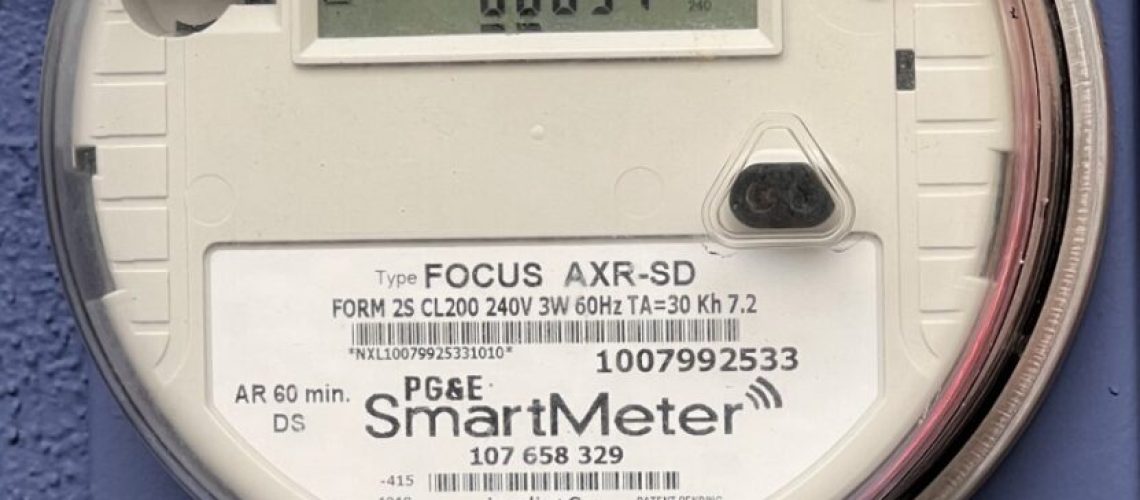The monthly charge would be assessed regardless of any energy conservation efforts or solar production at home. Eighteen California Congressional representatives wrote a letter to the Public Utilities Commission warning the proposed charge would harm low- and middle income residents and “undercut investments in renewable energy.”
California regulators are working on a ratemaking proceeding that would add fixed monthly charges to utility bills, which increase based on income levels. Proposals under consideration affix charges as high as $128 per month, regardless of how much electricity is used at the home.
The proposed charge is justified by the California Public Utilities Commission (CPUC) based on claims that it would alleviate bill pressure on California’s low-income residents, but this reasoning has not stood up to scrutiny in the eyes of 18 California Congressional members.
“A single parent with one child living in a small apartment in the expensive San Diego area earning just $40,000 per year would be forced to pay a new fixed charge of $73 each month—regardless of how much they try to reduce their energy usage,” warned the coalition of Congressional members in a letter to CPUC commissioner Reynolds.
Economist, rate design expert, and California resident Ahmad Faruqui modeled that the Income Graduated Fixed Charge (IGFC) not only does not help low-income residents with savings, but that it would disproportionately harm customers with low electric bills.
Faruqui said the charge both creates a disincentive for conserving energy at home and worsens the value of rooftop solar customers, significantly damaging the return on investment.
“We are concerned that imposing a high fixed charge could make it substantially more difficult for families to realize cost savings from electrifying their homes, improving their energy efficiency, or installing distributed energy resources such as rooftop solar,” said the letter from the state Representatives.
The proposed decision is unanimously supported by the state’s large investor-owned utilities, which stand to profit from an energy mix that includes less customer-sited solar and less electricity conservation. The state has goals of energy affordability, conservation, lowered emissions, and climate resiliency, all of which can be supported by distributed solar, but this proposed decision works in direct contrast to those goals, said the Congressional members.
“Even $33 per month would distinguish California as having a monthly fixed charge three times the national average. And there is little to stop utilities from continuing to increase electric rates once they secure the highest fixed charges in the country,” said the letter to the CPUC.
California’s residents have taken a beating from investor-owned utility companies and the CPUC over the past year. Major utility PG&E passed a 13% hike to electricity rates, adding on to what are already among the highest in the nation.
The state passed NEM 3.0, a cut to solar export compensation which sunk the state’s once-thriving rooftop solar market, leading to nearly 20,000 jobs lost and numerous solar installer bankruptcies.
CPUC then moved to shut down the emergent community solar market, which offered a pathway for renters and those with unsuitable rooftops for solar to save on electricity bills. Proponents of community solar legislation say it would enable bill savings of about $300 per year, with total ratepayer savings reaching $9 billion.
As for the income-graduated fixed charge, California Representatives are calling for thorough analysis that extends beyond investor-owned utilities’ internal analysis on the impacts on Californian families.
“We believe that a policy change of this magnitude requires thorough vetting and analysis. We urge the CPUC to ensure that any proposal it ultimately pursues neither inadvertently and disproportionately increases energy costs for low- and middle-income California families, nor slows down our efforts to address climate change through energy efficiency, conservation, or distributed energy resources,” said Congressional members Mike Levin and Mike Thompson in a joint letter to the CPUC.



